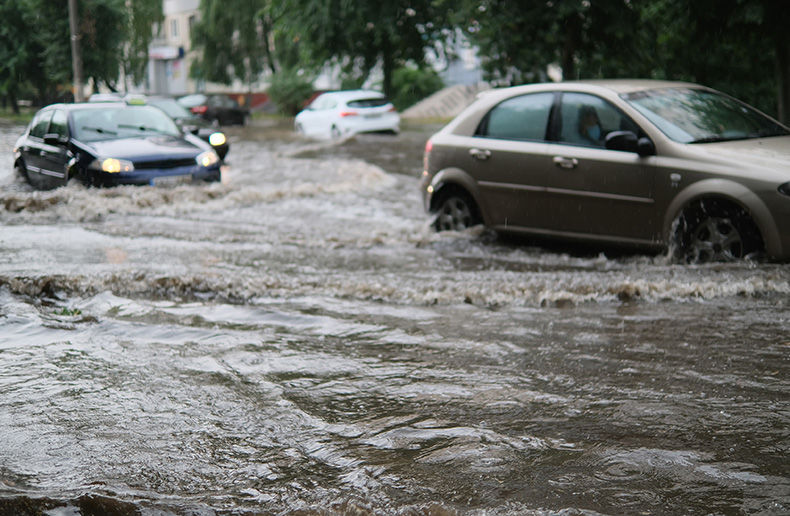Aon plc has published its Global Catastrophe Recap: First Half (1H) of 2023. In it, the report’s authors discuss economic losses from natural catastrophes which occurred in the first half of 2023.
It offers a preliminary estimate, putting economic losses stemming from global natural disasters at $194-billion. “Notably this is above the 1H average of $128-billion for the 21st century, the fifth highest on record and the highest since 2011,” they write.
Earthquakes in Syria and Turkey were responsible for half of the total economic losses. In the report’s section on events and elements which took researchers by surprise, they include underinsurance and building practices in the region. The disaster is noted as the 11th deadliest global disaster in modern history.
Also taking researchers by surprise was the fact that the vast majority of wildfires occurring in the first half of the year in Canada, aside from damages to the outskirts of Halifax caused by the Tantallon Wildfire, did not cause significant material damage to property. (The Tantallon Wildfire reportedly caused economic losses reaching $275-million, according to the report. The Insurance Bureau of Canada earlier this month said the fire caused more than $165-million in insured damage.)
Because of the earthquakes in Syria and Turkey, meanwhile, economic losses in the region reached an unprecedented $111-billion, exceeding the previous record of $71-billion set in 1990. Severe convective storm activity in the United States also drove losses, thanks to 13 individual billion-dollar events. They say total preliminary insured losses set a new first half record at $35-billion. U.S. losses were up 23 per cent when compared to the decade averages and up 48 per cent when compared to 21st century averages.
Overall, the report’s authors say only about 27 per cent of economic losses incurred this year were insured.
“The first half of 2023 saw elevated disaster losses, with the highest economic impact on record and the highest since 2011,” the report states.













